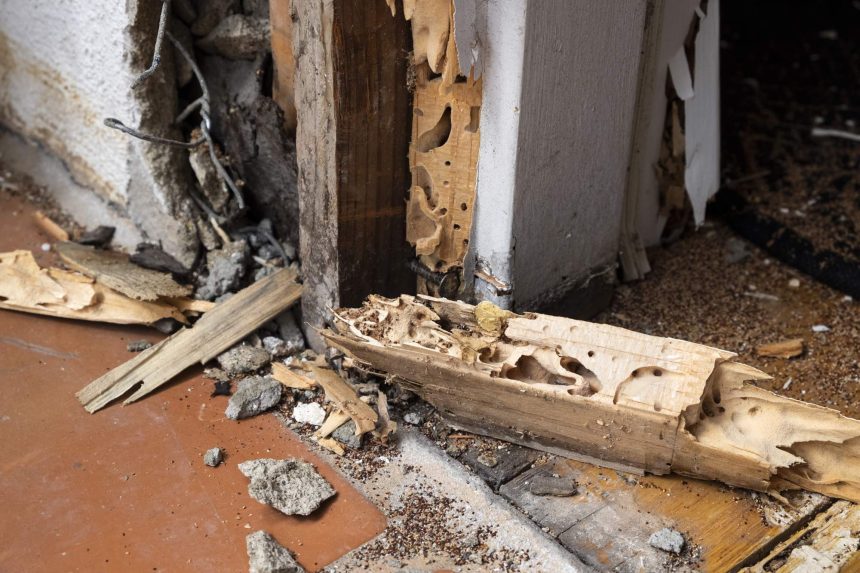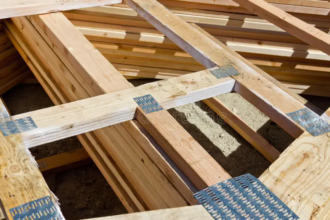Termite infestations lead to billions of dollars worth of structural damage each year. Plus, property owners end up spending over two billion dollars to get rid of the problem. Wood rot can also cause expensive structural damage to your home.
If you suspect you have either of these problems, it’s important to look for the signs so you can eradicate the cause. Let’s take a look at the signs of termite damage vs. wood rot and what to do about both.
Signs of Termite Damage
If you suspect termite damage, you should be on the lookout for termites themselves. Occasionally, you might find swarms of winged termites, or even just their wings, near windows, doors, and in your yard.
Additionally, some types of termites build mud tubes near your home’s foundation and walls or in your yard. If you see these, it is a clear indication you have a termite infestation.
Damage to wood is a sign of both termite damage and wood rot. However, termites eat wood from the inside out. This means you’re more likely to see a hollow, honeycomb pattern inside the wood, with a relatively normal outer surface.
Signs of Wood Rot
A number of different circumstances can cause wood rot. This can include water damage, fungal growth, and insect infestation. All of these cause some classic signs you should look out for.
When wood begins to rot, it can become soft or cracked. If you press on it, the wood might feel spongy and break apart. In addition, mold growth can be visible, appearing as greenish-black discoloration.
If you do have wood rot, you might notice a musty smell caused by mold or fungal growth. The smell may continue to worsen over time.
A clear sign of wood rot might be the cause of the problem itself! If you see pooling water, be sure to check for a leaky roof, windows, and plumbing fixtures. These leaks may be the cause of the rot.
What to Do if You Have Termite Damage
If you suspect you may have a termite infestation, you should consult a professional immediately. They will be able to confirm the cause of your damage and create a plan to control the pests.
Left unchecked, termite damage can cause serious damage to your furniture, belongings, and home, including its structural integrity. A professional like reynoldspest.com will be able to identify the source of a problem.
You might be tempted to try DIY termite control. While this can help with small infestations, many times you won’t be able to see the full extent of the damage. As a homeowner, focus on prevention and keeping an eye out for signs of an infestation.
What to Do if You Have Wood Rot
Wood rot can also cause serious issues. You may be able to remove the damaged wood yourself and replace it with new wood. But, you’ll also want to find the cause of the damage to prevent future damage.
Because there are many possible causes, you’ll want to take a good look around your home. A professional may be helpful in making sure you find the source and repair all of the damaged wood.
Know the Difference Between Termite Damage vs. Wood Rot
If you see signs of damage around your home, you could be facing either termites or wood rot. Since they have different fixes, the most important first step is to identify the differences between termite damage vs. wood rot.
If you found this article helpful, make sure to read our other home and garden articles.















